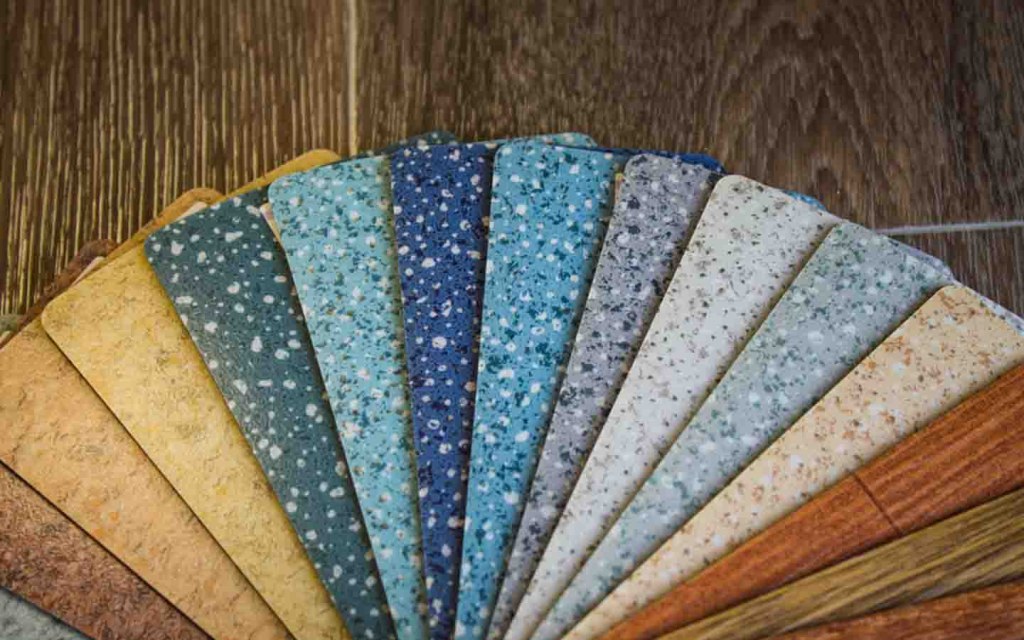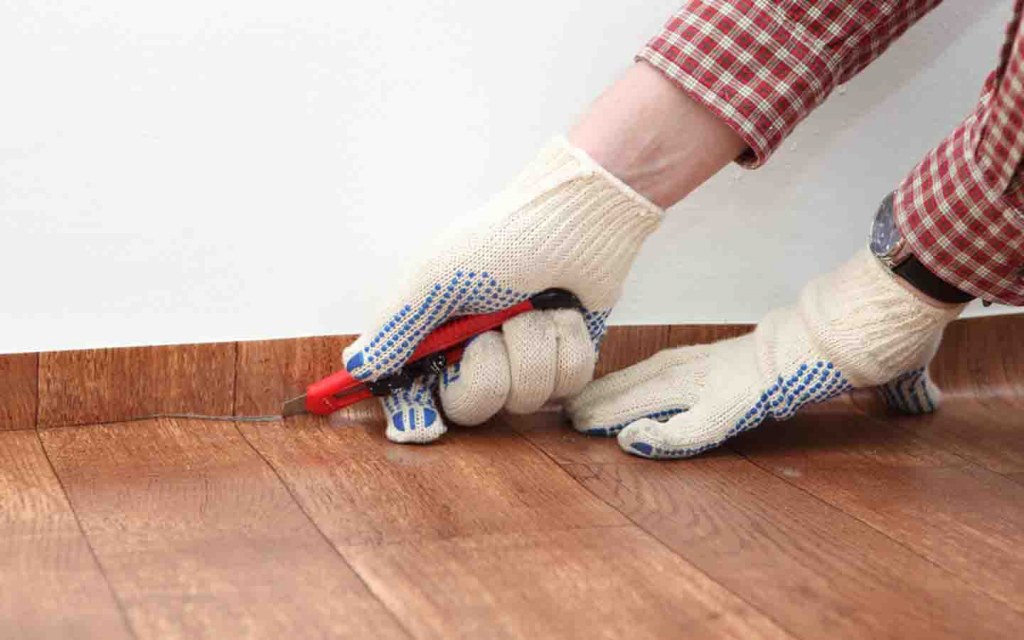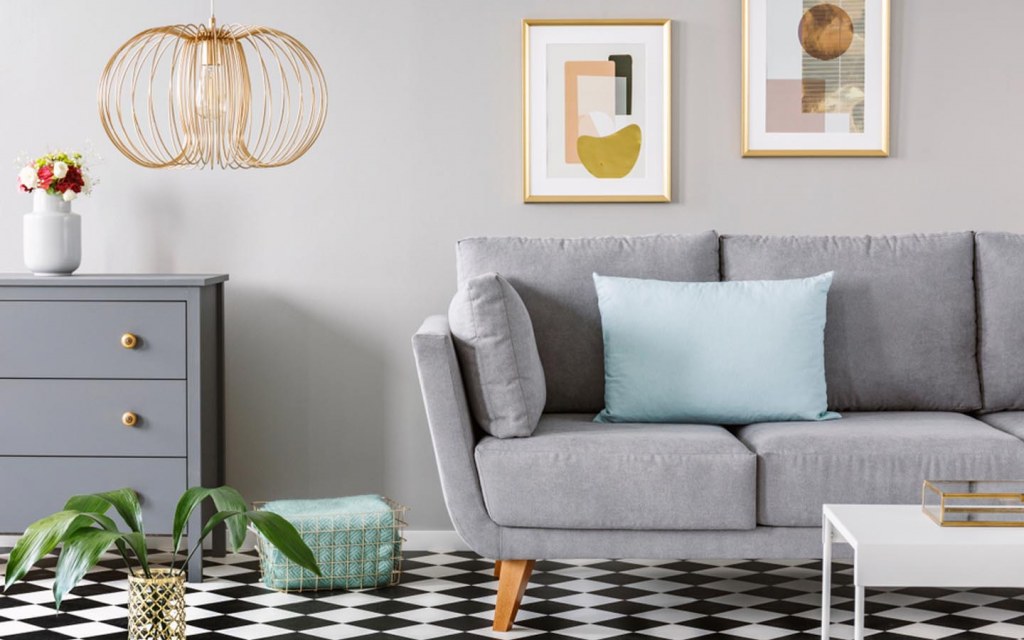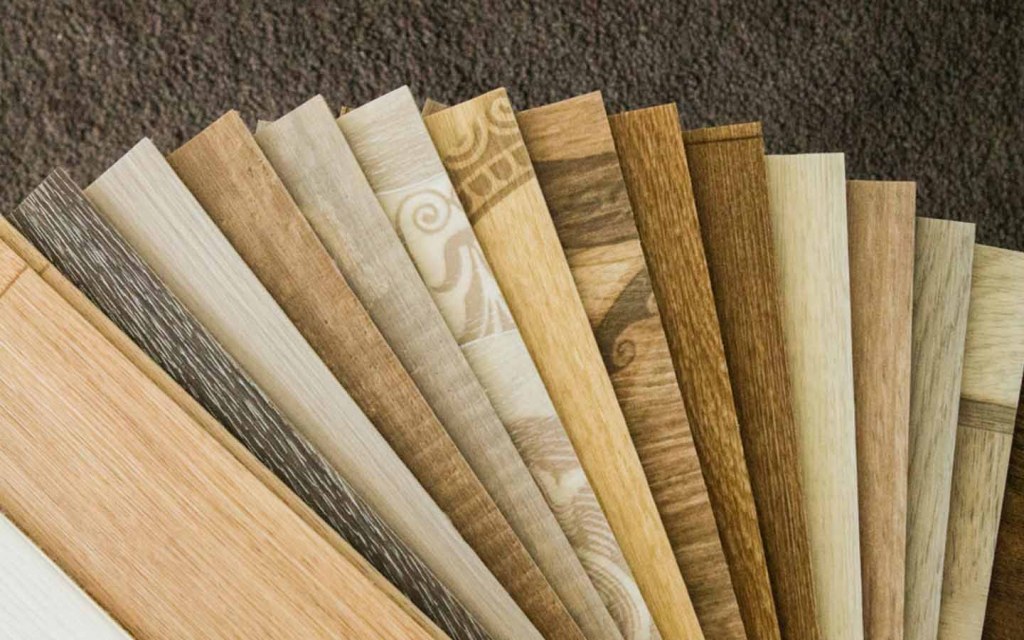Home » Construction » Pros and Cons of Linoleum Flooring
IN THIS POST
– What is linoleum flooring?
– Linoleum vs vinyl flooring
– Pros of linoleum flooring
– Cons of linoleum flooring
– Price of linoleum flooring
At a time when marble, ceramic and wooden flooring are considered to be the only viable options for homes in Pakistan, linoleum flooring remains pretty much forgotten and widely ignored. However, as interior designing experts have been pointing out, linoleum flooring has started getting popular once again – though for a different reason than what you might expect.
When it comes to choosing flooring materials for home, most people prioritize aesthetics over everything else. Linoleum flooring may not be as aesthetically pleasing as synthetic carpet or vinyl flooring, but it is certainly a lot more eco-friendly and sustainable than most other options available in the market.
So, if you want to adopt a sustainable lifestyle or want to make sure your house is free from toxic air pollutants, opting for linoleum is certainly one of your best bets.
Let’s take a look at the pros and cons of linoleum flooring and tackle some of the major misconceptions about it.
What Is Linoleum Flooring?

Linoleum is an all-natural flooring material that is made from solidified linseed oil, ground cork dust, pine resin, pigments, wood flour, and ground limestone on a canvas or burlap backing. Manufacturers usually add a protective layer on top of linoleum to prevent discolouration due to sunlight exposure and to prevent scratches. However, it’s not always present. Not to mention, since it is composed of earth-friendly and renewable materials, linoleum flooring is completely biodegradable and recyclable.
Moreover, linoleum flooring is usually available in sheets that can be glued down. That means it’s easy to install and replace, even for those who don’t have any prior experience in DIY home improvement projects.
Although linoleum flooring was a popular décor trend in the 40s and 50s, it was gradually replaced by vinyl flooring. A lot of people use the terms vinyl and linoleum interchangeably, however, the truth is that these flooring materials cannot be more different than each other.
Linoleum vs Vinyl Flooring

These materials might look somewhat alike, but they are quite different. Of course, they are both pretty durable and are available in sheets for easy installation, but the similarities end there.
The main difference between linoleum and vinyl flooring is their composition. While linoleum comprises all-natural raw materials, vinyl is a synthetic product. Considered a popular alternative to wood flooring in Pakistan, vinyl is also referred to as PVC flooring as it is made up of polyvinyl chloride resin, phthalate plasticizers, lead, cadmium, and brominated flame retardants among other compounds.
The chemical components of vinyl have raised concerns about the material being toxic and unhealthy. This is especially true for cheaper, low-end vinyl flooring, which can also contribute to indoor air pollution due to its poor quality.
In addition to that, unlike linoleum, vinyl is non-biodegradable. Also, vinyl flooring has a top image layer which contains the pattern and colours, but linoleum does not have this layer. Instead, pigment and design are embedded throughout the linoleum sheets. While surface scratches are visible on vinyl floors, they almost go unnoticed on the linoleum ones.
Pros of linoleum flooring

These are some of the most noteworthy advantages of linoleum flooring.
- Durability
- Eco-friendliness
- Resistance to moisture
- Aesthetics
- Little maintenance
Let’s discuss each of these benefits of linoleum flooring in detail.
Durability
How long does linoleum flooring last? Well, with proper maintenance and care, it can last up to 30 or so years.
High-quality linoleum is a tad costlier than vinyl, though it is still cheaper than hardwood and other flooring options. Comparatively, it is far more durable and can last for decades. This flooring material is also tough, making it an ideal option for high traffic areas in both residential and commercial properties.
It is also pertinent to point out that since pigments in linoleum are embedded through the material, neither does the colour fade away with time nor do you have to worry about surface scratches ruining its entire look. Moreover, the protective coating on top makes it even more long-lasting and protects the material underneath from scuff marks and such.
Eco-friendly Flooring Material
Is linoleum flooring toxic? The answer is no.
As mentioned above, linoleum is made with renewable materials, which makes it completely biodegradable. In fact, apart from bamboo and cork floorings, it is one of the most commonly used sustainable flooring materials available in the market right note. Linoleum is also formaldehyde-free and does not emit any harmful fumes that may cause indoor air pollution. Sometimes, linoleum sheets smell of linseed oil, but the scent dissipates within a few days of installation.
If you support green living, you may want to consider installing linoleum floors.
Resistance to Moisture
One of the most important things you should know about linoleum flooring is that it is adequately resistant to moisture, making it a suitable option for kitchen and laundry room. Furthermore, it is very flexible and extremely comfortable under foot.
Aesthetically Pleasing
Nowadays, there are several types of linoleum flooring available for homeowners to choose from. Whether you are looking for linoleum flooring that looks like wood or a checkered pattern that may look like tile flooring at a first glance, the chances are you are easily going to find what you’re searching for.
There are a variety of colours and linoleum flooring patterns present in the market, giving you the liberty to choose the designs that go with the rest of your décor.
Since these flooring sheets are easy to cut and install, you can experiment with different linoleum flooring patterns to create unique looks.
Little to No Maintenance Required
Sealed linoleum flooring is easy to clean and maintain for a long period of time. All you need to do is clean the floor with a damp mop and it will look as good as new. However, unsealed linoleum requires periodic polishing and buffing to maintain its colour.
Cons of linoleum flooring

Now that we’ve discussed the benefits of linoleum flooring, let’s take a look at some of its disadvantages.
- Moisture damage
- Prone to dents and cuts
- Ambering
- Slippery
Here’s a brief overview of each of these cons.
Moisture damage
Despite its water-resistant quality, linoleum floors are susceptible to damage when it comes to standing water, which makes it a bad choice for bathrooms and basements. Excessive humidity can also curl the edges of linoleum sheets.
Prone to dents and cuts
Linoleum floors might be long-lasting, but they are also soft and flexible. While high-quality linoleum flooring can last for years on end, you also need to be careful about accidentally cutting through it with a sharp object. Similarly, heavy furniture can also dent its surface.
Ambering
Unsealed linoleum floors may attain a yellowish hue when exposed to sunlight for long periods of time. For instance, if you install linoleum flooring in your terrace or roof, the material will either darken or get a yellow tint eventually. This is called ‘ambering’ and can be avoided with the help of a sealant that prevents discolouration.
Slipping Hazard
Linoleum flooring can become rather slippery after being waxed or polish, which can be a nuisance to deal with and may even lead to a nasty fall. Apart from wax, even dust can make the floors slick, which can be rather dangerous if you have children and elderly in the house.
The easiest way to deal with this is to avoid using high-gloss wax and floor polish. Instead, you need to regularly sweep the floor and occasionally mop them with a solution of lukewarm water and dish soap. Just make sure to properly dry the surface afterwards. This will prevent any sort of build-up on your linoleum floorings and keep them in a pristine condition.
Price of Linoleum Flooring in Pakistan
The price of linoleum flooring in Pakistan varies with pattern and quality. However, on average, it is priced between PKR 70 and 100 per square foot.
So, will you consider installing linoleum floors in your home? Let us know your thoughts and comments by sending an email on blog@zameen.com.
In the meantime, you can check out our detailed guides on popular commercial flooring options and their rates, prices of flooring tiles in Pakistan and the cost of wooden flooring in Pakistan.
To learn more about different building materials and flooring options, head over to Zameen Blog – the best real estate and construction blog in Pakistan. You can also subscribe to our newsletter on the right to stay in touch with the latest property trends taking over the country.



